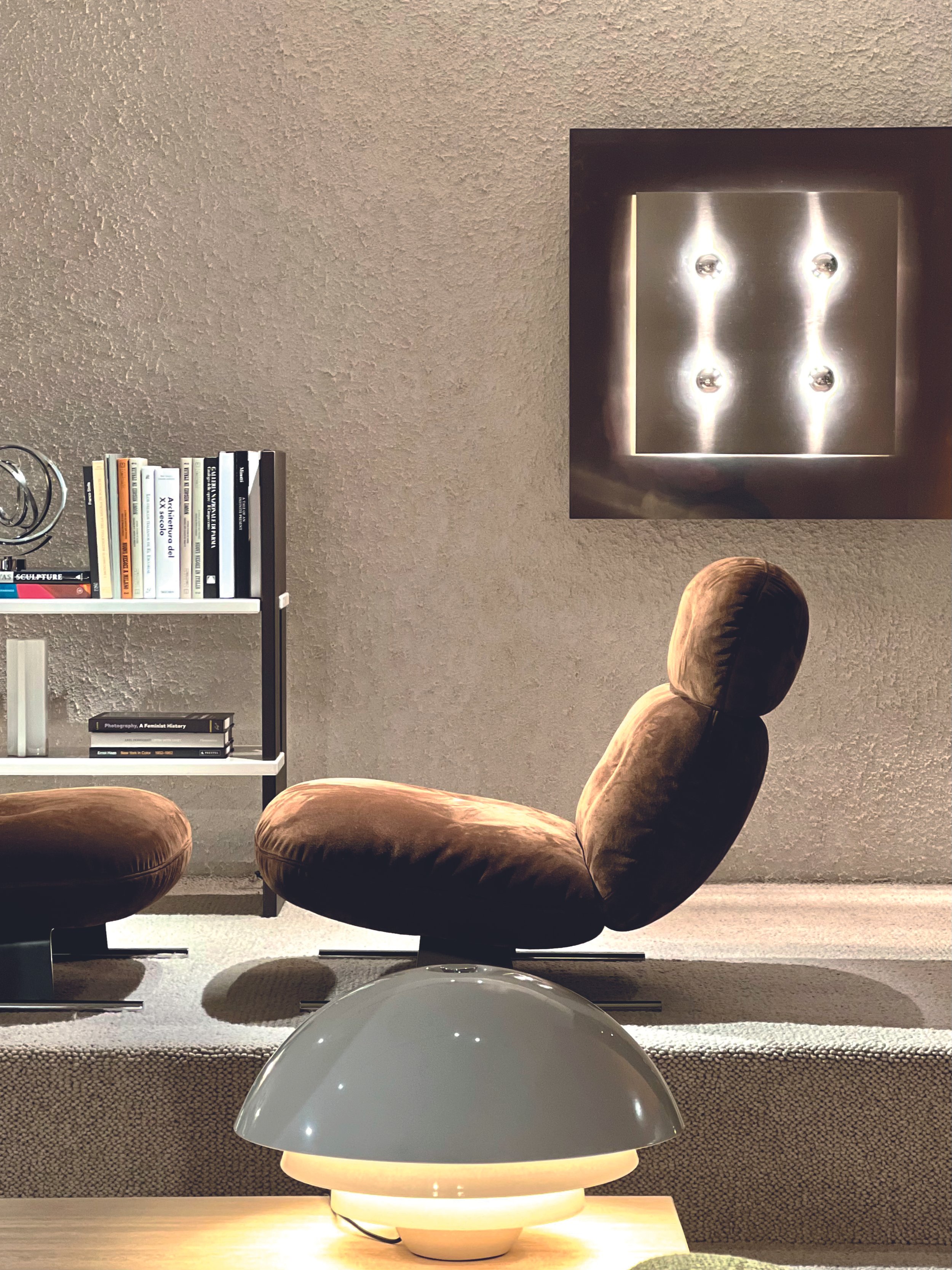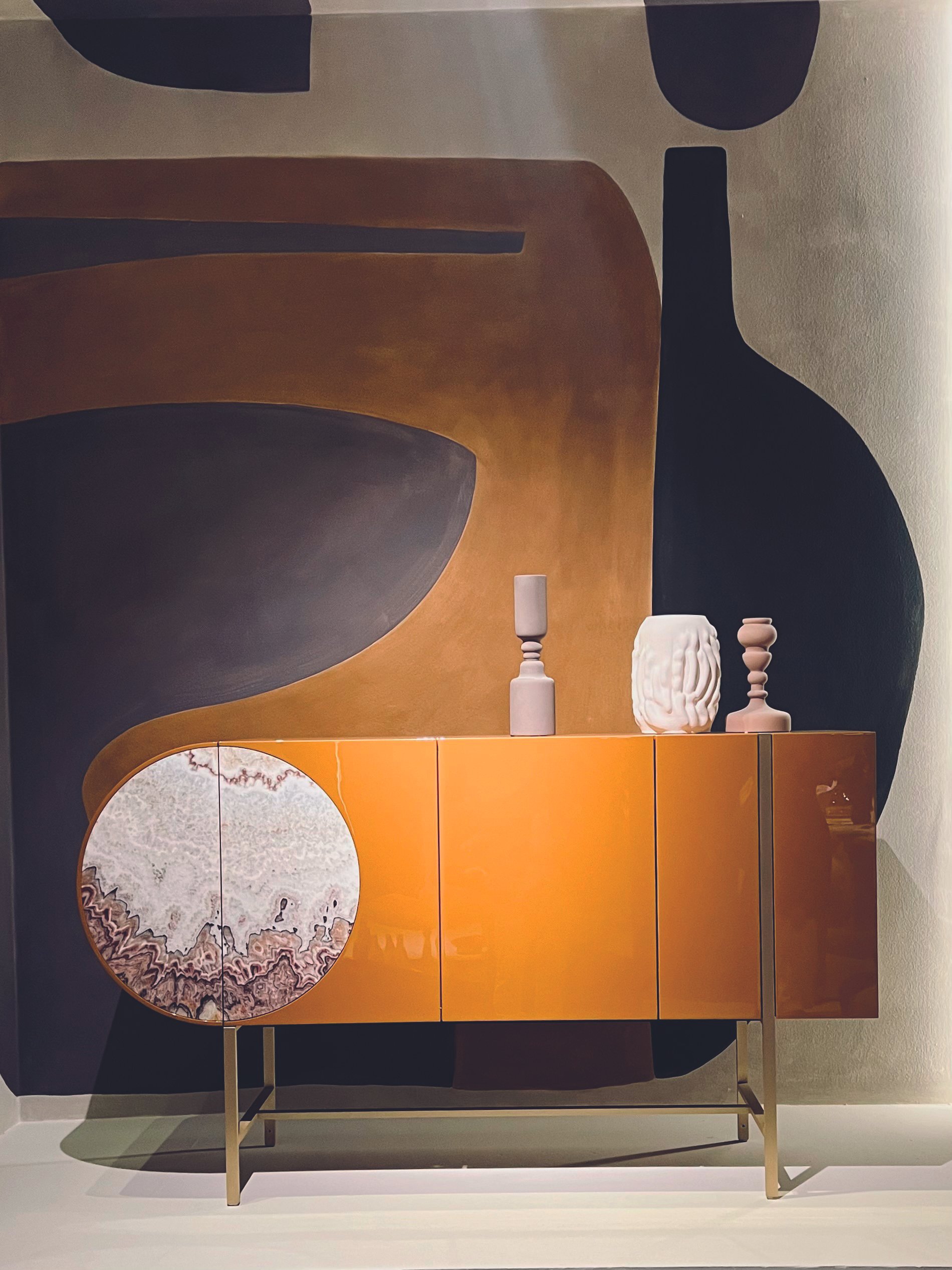A Visionary of Living
A Conversation with Anand Steinhoff on
Design That Lasts and the Courage to Evolve
In the world of interior design, certain names stand for more than just furniture—they represent a way of thinking. One of these names is Steinhoff in Hanover. Led by Anand, an entrepreneur with a remarkable life story, the family business has evolved from a traditional furniture store into an internationally recognized creative studio. We spoke with him about his journey from Milan back to Hanover, his definition of good design, and the relentless drive to keep moving forward.
Mr. Steinhoff, your path into the world of design was anything but linear. Tell us about your background.
My path has truly been international. I was born in Bombay, India, and came to Germany when I was five months old. I grew up in Freiburg, after spending part of my early childhood in Hanover. After finishing high school, I studied in Freiburg and then moved on to Milan. During the golden era of high fashion in the early ’90s, I worked in the fashion industry—an incredibly exciting time filled with top models and iconic photographers. I worked as an assistant and contributed to campaigns for big names like Versace. That period shaped me immensely and gave me deep insight into the creative and design world.
You eventually joined your family’s business in Hanover. Was that always part of the plan?
(Laughs) Not at all—quite the opposite, actually. When I started university in Freiburg, I initially intended to study medicine. I did start, but then made a sharp turn and realized that my true passion was in design. After my time in Milan, I came to Hanover in 1995 and joined the family business—not with the intention to take over right away, though. But I enjoyed it immensely. In the early 2000s, I took over the business and completely transformed it—from a furniture retailer to a conceptual design studio.
How do you define good design? What must it achieve beyond just looking beautiful?
Good design is a feeling to me—a harmony of aesthetics and well-being. And it must function. There are three crucial elements: First, perfect proportions. Even if they're slightly off, the design doesn’t work for me. Second, the materials must be top-tier—durable, high-quality, and sustainable. Third, it's all about the details in the craftsmanship. A well-made design object—like a classic lounge chair—is the most sustainable thing you can own, because you pass it on rather than throw it away. This applies to furniture just as much as it does to fashion.
Is there a phase in your career that you look back on with particular pride?
Absolutely—the transition phase between 2003 and 2005, when I took over the business and redefined it. Taking over from my father and reshaping it wasn’t easy. I’m proud that I managed the leap from traditional retail to conceptual design. Today, we don’t just sell furniture—we design complete living environments, from planning and renderings to flooring, ceilings, and walls. These tailored, holistic concepts are what define us now.
What does Hanover mean to you today—home, workplace, or stage?
That's a wonderful question. Hanover has definitely become my home. Emotionally, Freiburg—where I grew up—will always be my Heimat. But Hanover is my center of life, my home, and of course, the stage for my professional journey. It’s a fantastic city that enables me to work internationally—something that would be much harder from Freiburg.
Who or what is currently inspiring your creative work?
Inspiration is everywhere! I admire outstanding design studios like Gilles & Boissier from Paris or Studio Pepe from Milan. But I also draw inspiration from travel—whether it’s the mountains, the colors of India, or other cultures. To be creative, I believe one must be on the move and absorb different influences. That nourishes both the projects we develop for clients and our own in-house collection.
Is there a piece of furniture you would never part with, because it tells a special story?
Yes, several. My office is entirely furnished with design classics by Poul Kjærholm. My father purchased them back in the day—they’re part of the original series and now over 50 years old. I would never give them up. I also own one of the first Lounge Chairs by Charles & Ray Eames reissued in rosewood—number 100. These pieces connect me to design history and, of course, to my father’s story.
What advice would you give young entrepreneurs starting out today?
Three things: First, you need incredible stamina. Entrepreneurship isn’t a sprint—it’s a marathon. You have to stick with it and fight for your idea. Second, you need grit and the unwavering will to reach your goals. And third—maybe the most important—you have to remain flexible. The world changes fast. You need to constantly reassess your concept and adapt it to the times. Stagnation is the biggest enemy of success.
If you had to describe yourself in three words, what would they be?
Strategic, hard-working, and creative.



